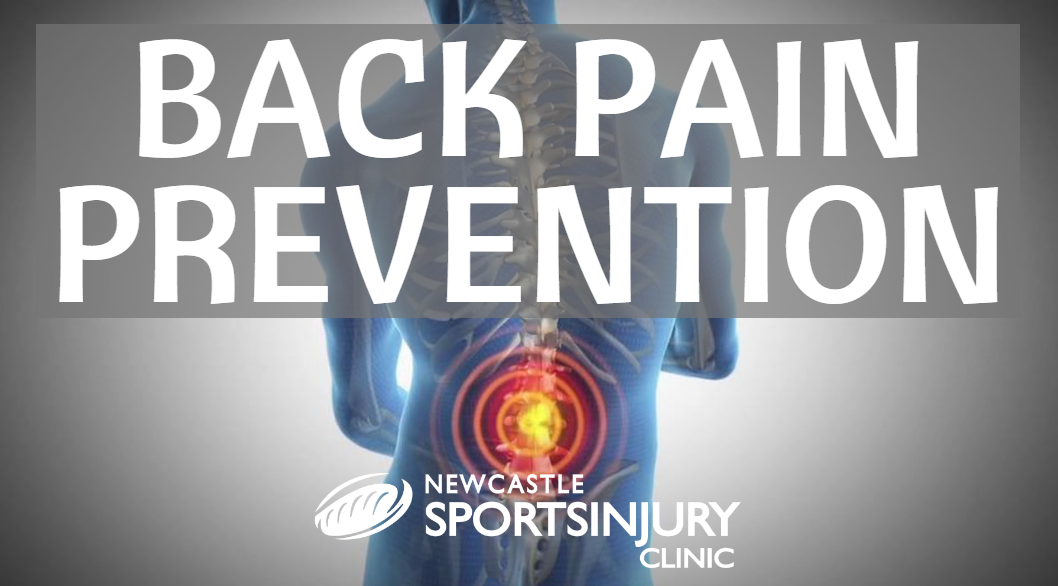Throughout pregnancy, a woman’s body undergoes all kinds of changes. Some of these are visible, such as the bump, while others are well known, such as morning sickness, hormonal changes, and aches and pains. However, there may be some that will catch some women by surprise. If you are pregnant, learning about what is happening inside the body throughout pregnancy will certainly help you understand these transformations and the associated signs and symptoms to look out for. 
Months 1-3
During the first three months, your uterus will start growing to make space for the baby to develop. This may start to put pressure on your bladder, which will make you need the toilet more often, and maybe also on your intestines, which can lead to constipation. The forward expansion of the uterus causes the body to respond with a backwards and upwards shift in the centre of gravity, which in turn puts increased strain on the muscles and ligaments of the pelvis, abdomen and back.
In addition, you will probably feel overly tired. This is not only due to hormonal changes, but also to a natural deficiency in red blood cells, as these take a little longer to multiply compared to the overall raise in blood volume. The best way to tackle this is through moderate exercise, as this will speed up the production of red blood cells, but always making sure you stay within your limits and are not excessively loading your joints or your spine.
Month 4
By the time you reach month four, the baby and uterus will have grown larger, pressing not only on the bladder and intestines, but also the stomach and liver, which will move upwards towards the diaphragm. Throughout your second trimester, your bones and muscles will get involved to accommodate the load. Your upper back region will develop an increased curve to allow for your diaphragm to work properly and not repress your breathing, as well as to counterbalance the weight pulling from the front of the body. This can sometimes lead to upper or mid back stiffness and pain. This increased curvature can also affect the neck, as the head tends to drift forward. Furthermore, the levels of the hormone ‘relaxin’, which relaxes the ligaments and soft tissues in your body to allow for your pelvis to stretch, peak at around this time. This means that you can experience decreased stability of the joints and strange patterns of muscle tightness that act to balance this out.
The final months
In the last three months, the pelvis may start to tilt forwards, increasing the spinal curves even more. The size of the baby and uterus will start to strain your abdominal muscles, which can sometimes affect the pubic symphysis at the base of the front of the pelvis, where these muscles attach. The pelvic floor muscles will start to stretch and strain, and towards the end of your pregnancy, the pressure in your pelvis may cause you to walk with a bit of a waddle. All in all, although a woman’s body may struggle through the different stages of pregnancy, we have to give it credit for providing a whole new little person in only just nine months!
Osteopathic care has been shown to help women with pregnancy-related symptoms. Whether it is back pain, pelvic pain, or even neck pain and headaches, osteopathy helps to keep your body balanced by lessening the symptoms or stopping further deterioration. Furthermore, a recent study showed that women who receive prenatal osteopathic care suffer less complications during labour and delivery.
To book at appointment, or if you want to speak to our osteopath, call us on 0191 233 0500.

